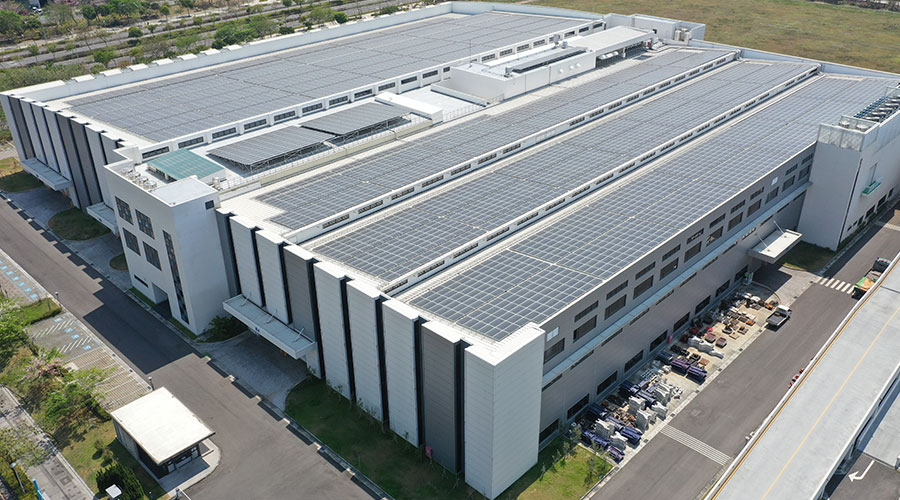LEED 2009 Approved
USGBC members recently approved the proposed changes for the LEED 2009 rating system, and USGBC plans to officially roll out the new rating system in March of this year. Reference guides will be available, and LEED workshops will begin in February.
The major changes included in LEED 2009 affect the four main LEED rating systems: new construction, existing buildings (operations and maintenance), commercial interiors, and core and shell. For instance, a 20 percent reduction of in-building water use will now be a prerequisite for certification in three of the four rating systems (EB’s water reduction prerequisite is a bit more complicated — based on a calculation against the Uniform Plumbing Code). Previously, this had been an optional credit. All four rating systems will include an additional point in the Innovation section, increasing the total from five to six available points (in EB, the extra Innovation credit will be specifically for “Documenting Sustainable Cost Impacts”), and all four rating systems have a completely new section which offers four points for “region specific environmental priority.” The exact strategies that will earn points for those credits will be recommended by local USGBC chapters. And the titles of many of the credits have been re-worded to be more applicable to what they cover. For instance, the name of a Sustainable Sites credit in CI is being changed from “Stormwater Management: Treatment” to “Stormwater Design: Quality Control.”
All four rating systems have been re-weighted and standardized so that each rating system will have 100 available base points, and 110 points total (6 Innovation points and 4 Regional credit points). The re-weighting also allows USGBC and its members to emphasize strategies considered most important — energy, for instance. In the previous version of LEED-NC, there were 17 energy points out of a total of 69 points available (24.6 percent). In the LEED 2009 version of NC, there are 35 energy points, or 31.8 percent of the total number of points.
In LEED-NC and CS, the minimum energy requirement is now a 10 percent reduction (compared with 14 percent in previous versions), but the new baseline is ASHRAE 90.1-2007, which is more stringent than the previous baseline — the 2004 version of 90.1. In EB, an Energy Star rating of 69 is mandatory.
To download the revised LEED 2009 scorecards and see the comparisons with the previous versions of LEED, go to www.usgbc.org, click the LEED 2009 bubble, and then click on the individual rating systems on the right side of the page under the “More Info” heading.
Related Topics:















